Everything You Need to Know About Snow and Metal Rooftops
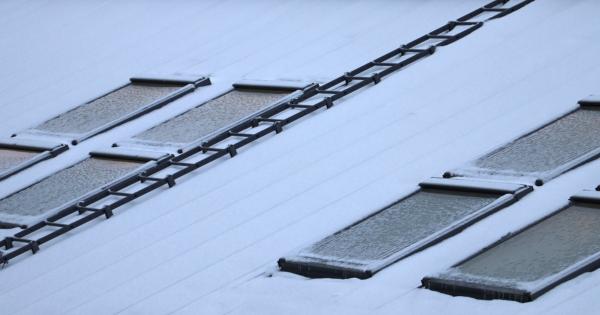
By Rob Haddock for IIBEC.
Be preventative about rooftop avalanche danger by installing scientifically tested and engineered snow retention systems that can handle the snow load in your area.
After a heavy snow, a snowpack can suddenly give out and dump tons of snow off of the roof eaves, creating a small avalanche that can hit buildings, vehicles, other roofs and pedestrians. Rooftop avalanches are the culprit of property damage and personal injury every year. Poor snow retention systems are a safety issue and a potential liability for building owners and contractors alike. Read on as International Institute of Building Enclosure Consultants (IIBEC) explains the science and art of mitigating snow on a metal rooftop.
What causes a rooftop avalanche?
During snowfall, sunlight is occluded, and snowpack vertically loads (with the snow weight) the roof surface. This load translates to a vector force parallel to the roof surface (that is, the force of snow trying to slide off the roof), which is often referred to as “drag load” or “gravity load.” The vector force is resisted by two bonds. The first is a strong, but temperature-sensitive, bond (surface friction and crystalline fusion) between the blanket of snow and the roof surface. The second is a cohesive bond at the ridge where the snowpack interlaces with snowpack on opposing roof planes. When vector forces exceed the strength of the two bonds on a slippery roof, a rooftop avalanche occurs.
When the snowstorm passes, invisible rays from the sun pass through the translucent snowpack, warming the roof below and freeing the temperature-sensitive bond. The meltwater lubricates the interface of the snow with the roof surface, thus reducing the surface friction between the smooth metal roof and snow. Because the snowbank insulates the roof, this scenario can happen even when ambient temperatures are well below freezing.
Studies of glacial melting indicate that the visible-light albedo (reflectivity) of snow/ice is 90% or lower, but the remaining 10% of visible rays penetrate deeply and are quite effective at melting ice. The albedo due to infrared light is much lower at 5% to 30%. When these rays hit the roof, they are converted to thermal energy and cause breakdown of the fusion.
Room-side heat transmission through the attic and roof assemblies can also accelerate this thaw. This facet can be minimized with attic floor reinsulation and attic ventilation to exhaust warm air from the attic space — all of which reduce ice-damming tendencies but do little to mitigate avalanche potential, which is governed by roof temperature. Regardless of these contributing factors, the surface warming from invisible rays can tip the scales to precipitate thaw of the bond. The author has repeatedly observed open-gabled canopy roofs (with subfreezing ambient temperatures both above and below the roof) where the snowbank releases from the south-facing slope, but not the north-facing one.
When intersurface thaw occurs, the vector force of the snow blanket is only resisted by the cohesive bond at the ridge, which is too weak, causing the blanket of snow to shear and a sudden release of snow from the roof. This can happen on one side of the ridge or on both sides simultaneously, depending on the orientation of each side to the sun.
Site-specific variables
A snow guard is a device or system that mechanically provides a resistance interface between the roof and the snow, so that snow clears from the roof in a predictable and controlled fashion through evaporation, sublimation and thaw, rather than by a sudden and dangerous rooftop avalanche. The resistance of the snow guard system must exceed the vector force in service, or the system will fail. Preventing such a failure requires science and math that few vendors understand or apply.
Calculating the vector force applied to a snow guard system is relatively simple, but the calculation must include the following site-specific variables, all of which are known to the design team:
- Design roof snow load
- Roof slope
- Roof (rafter) length from eave to ridge
These three variables determine the force that a system must resist for any slippery roof surface and should be included in plans and specifications that also require an engineered system.
Vector force
Vector force is found by reducing the vertical load (lb/ft2 or kPa) by the sine of the roof angle. The product is then multiplied by the tributary area (ft2 or m2) to the snow guard system. The loads for the entire length from eave to ridge are tributary to the snow guard system restraining it. For standing-seam metal roof (SSMR) profiles, tributary force is distributed to each point of system attachment — the standing seams. Therefore, the tributary vector force to each seam is found by multiplying the vector force (in lb/ft2 or kPa/m2) by the roof length (in feet or meters) by the panel width (in feet or meters).
Snow retention system design and application considerations
System placement
Snowbanks typically accumulate and densify in a cross-sectional wedge pattern with the greatest depth at the eave. All snow guards rely on the snow’s own compressive strength to restrain its movement. Gravitational forces compress the snowbank the most at its interface with the roof surface, especially toward its lower (eave) end, so that is where compressive strength is greatest.
The interface of snow retention devices at this location is commonly practiced worldwide and is considered most effective. Even when the calculation of vector force indicates that multiple rows are required, the common global practice is to locate the snow-retention devices within the downslope half of the roof surface. Further and exact placement details are more related to art and aesthetics than science. The Metal Construction Association (MCA) has made some general recommendations.
Because the compressive strength is so great at the snow-roof interface, snow guard devices only a few inches in height have demonstrated success even when snowbanks are quite deep.
Snow guard design concepts
There are two distinctive snow guard design concepts: continuous and discontinuous. One type of design uses continuous horizontal components, assembled laterally across the roof in the style of a fence. Depending on specific job conditions and load-to-failure characteristics of the devices, components may also be repeated in parallel rows up the slope of the roof but with a greater concentration near the eave area. The snowbank creates a bridge between rows to distribute vector loads.
The other type of design consists of small, discontinuous individual units used as cleats, generally spot-located at or near the eave, or repeated in a pattern progressing up the slope of the roof. This style also relies on the shear and compressive strength within a snowbank to “bridge” between the individual units in both axes.
Unfortunately, common specifications do not always clearly identify whether the design is continuous or discontinuous. The specifier would benefit by breaking from convention and making this distinction.
Both styles of snow guards (“fence” and “cleat” — or “continuous” and “discontinuous” styles) have demonstrated satisfactory performance when properly and adequately tested, engineered and installed.
Additional considerations
Aside from appropriate testing for holding capacity, other design considerations include verifying the compatibility of metals, matching serviceability of the device/system with that of the metal panels, and color matching (if required). The objective is to select a system that will perform satisfactorily for the life of the roof while doing it no harm.
Devices that use air-dried paints may initially match the roof but the match may be lost after a few years of weathering. This is due to inferior fade characteristics of air-dried paints when compared to factory-applied finishes of metal panels. Powder coating may provide greater longevity than air-dried paint in terms of color stability, but it is still not generally equal to factory-applied polyvinylidene fluoride (PVDF) panel finishes. In this regard, the snow guard’s serviceability will not last as long as the roof does. The best color-match option is a snow guard device that integrates a slide-in color strip of the same PVDF coil-coated material as the roof itself. There are several such products commercially available.
Mounting techniques
There are three techniques for mounting snow retention systems to a metal roof. Two of these techniques use mechanical attachment. The first attaches clamps directly to the roof seam using setscrews that do not penetrate the roof; the second uses fastening screws to penetrate through the roof material into the structure. The remaining third technique uses a chemically attached “peel-and-stick” adhesive tape or pumpable glue. This method is often used for individual discontinuous snow guards.
Clamp mounting to standing seam
The nonpenetrative method using seam-clamping fixity is a measurably secure option for an SSMR profile, but only when evidence of adequate testing is presented to prove it. When clamp-mounted attachments are used, the sliding force of the snow is transferred to the clamp and then into the roof panels — specifically the roof seams. The holding strength of such a system should be quantified through prudent testing and engineering to resist the service loads on any given job. It is the same force that is acting on the SSMR panels at their pinned location.
Clamp-to-seam attachments can easily be mounted after the roof has been installed and will not fatigue due to thermal heating or cooling of the roof. Provided correct quality checks are followed in product selection, they will preserve the warranties of a life-long, premium roof. Both continuous and discontinuous styles are available in the marketplace.
Attaching to the building structure
The second mechanical method for mounting snow retention attaches snow guards through the roof and into the building structure. Snow guards attached to the building structure provide a secure and reliable method of snow mitigation if they are properly tested, designed, installed and waterproofed.
Snow guards that attach directly to the structure require penetration for anchorage of snow guard brackets; hence, weatherproofing — including sealant protection from ultraviolet (UV) light exposure and overcompression of the seal for the long-term service life of the roof — is of paramount importance. Such weatherproofing requires a high degree of expertise in design, sealant chemistry, selection/sourcing, application and other areas. If sealants/gaskets are not factory applied by the vendor, the contractor will be responsible for selecting and applying appropriate waterproofing.
The strength of the structural attachment mounting method should be proven and matched to the in-service loads to which the snow guard will be exposed. Again, testing should be specific to the deck and substrate actually used on the project. These proven holding strengths can then be used to scientifically determine the appropriate snow guard population for the specifics of the project, eliminating guesswork.
This type of snowguard is only suitable for a roof that is attached in the same way (that is, with screws that penetrate the roof’s surface, attaching it to the structure). It should not be used on an SSMR because it violates the design intent of an SSMR, and, furthermore, weatherproofing would be challenging.
Using an adhered guard
The third technique for mounting a snow retention system to a metal roof uses a stick-on part (chemical attachment). Some variations employ a factory-applied adhesive and others a field-applied one. Adhesive-containing products are available in both plastic and metallic options, but in discontinuous styles only.
At first glance, stick-on snow guard systems appear to be very convenient and easy to install. However, a closer look at the detailed a complex task: careful surface preparation and many days of curing time at specific temperatures are required.
Adhesive systems may also initially seem like a lower-cost option, but the lower cost is often only for parts. When total project costs, including labor and quantities required to do the job, are considered, this method may not be less expensive than the other techniques. Moreover, the replacement costs over the life of the roof can be quite high for adhered snow guards because the holding strength of the adhesives commonly used by snow guard vendors diminishes when exposed to heat, cold, UV light and moisture. Replacement time is often within a few years after installation, depending on orientation to the sun and other environmental factors.
Given the diminishing holding strength over time, appropriate testing is not feasible — that is, there is no way to determine at what age the testing should be done. When adhered snow guards fail, they can also rip away paint coatings, leading to corrosion. Industry groups, such as the MCA and the Metal Building Manufacturers Association (MBMA), as well as the U.S. Army Corps of Engineers, strongly advise against their use.
How to choose the best snow retention system for your project
Vendors have introduced numerous snow guard systems to the market, each claiming that their system is the best, ultimate, first, or strongest option. There are no industry standards or mandates for design, manufacture, use, or testing of snow guards. This market space is completely unregulated, and many applications are not specifically engineered for design loads. In the absence of “snow guard police,” we face a “buyer-beware” scenario with regard to the appropriateness and proof of testing and engineering performed by the vendor.
How do you discern prudent product selection from sales rhetoric? In addition to understanding the art and science behind snow retention systems, you should vet the manufacturer and its product offerings.
Vet and specify
Vendor transparency is requisite to adequately vet a snow guard system. A company that lauds the capabilities of its system but fails to provide proof of those claims may be blowing smoke. The designer should scrutinize vendor/manufacturer qualifications and certifications to ensure a safe, engineered application and long-term service. This transparency should extend from raw material sourcing through manufacture and product handoff. Scrutiny of a vendor’s published evidence can provide assurance to the buyer that the vendor’s claims are credible. A qualified vendor should gladly provide proof of claims and make them visible on its website.
Proof of testing
To ensure that a snow retention system can resist the forces that might be applied to it, the system’s failure point must be known, and the appropriate factors of safety employed to determine allowable structural capacity. (MCA says a minimum safety factor of 2.0.) Then, the population and frequency of the system are determined so it cannot fail. Because the system may comprise multiple components, a “load path” (or “load chain”) results. Each link (component) in the chain must be proven by testing and/or engineering analysis. The weakest link determines the strength of the chain. The required engineering cannot be completed without reliable, extensive testing.
Anchorage of clamps or brackets to the roof specimen should be repeatedly tested on the specific substrate of the project. As set forth by the only recognized U.S. standard for this kind of testing, a minimum of three test repetitions should be conducted. In the case of SSMR clamped systems, the clamp testing should be specific to the roof materials, gauge, brand or roof manufacturer, and seam profile of the project as holding capacities vary widely with these variables.
Testing of these system components should be conducted by a third-party laboratory with ISO 170255 accreditation. When reviewing test findings, be aware that it is not scientifically acceptable to apply a test result from one set of test specimens to another “similar-looking” roof product or assembly. Similarity is not proven by casual “eyeballing.” Ideally, all test results should be available and published on the vendor’s website. When in doubt, request third-party laboratory reports from the vendor that provide anchorage values for the appropriate testing used in engineering calculations and match to the actual project profile.
Proof of engineering
Project-specific engineering should be provided by the vendor and incorporate the tested ultimate strength of the system with an appropriate factor of safety applied. Insist that vendors provide calculations before product selection. Ideally, the vendor would offer a web-based calculator with real-time output showing calculations and allowable loads specific to the project, including product nomenclatures of the snow guard system and specific profile nomenclatures of the roof manufacturer. To the author’s knowledge, only one vendor in North America offers this type of calculator.
At a minimum, design professionals and consultants should require these calculations with submittals. Even better, the design professional or consultant should require by specification that the calculations be stamped by a registered professional engineer who has reviewed them.
Proof of certified manufacturing
It is critical to know that the product purchased is the same as the one that was tested. The purchased components may look the same as the tested ones, but alloys, tensile strength, yield and other mechanical properties should be verified through certified manufacturing with third-party audits in an ISO 90016-compliant facility. Ask to see the current ISO certificate. Ideally, it should be displayed on the vendor’s website.
Warranties
It is important to verify that the manufacturer offers a meaningful performance (not just material) warranty. To do so, obtain a copy before specification ― and read the fine print! Ideally, the warranty should be displayed on the vendor’s website. When reviewing the warranty, consider whether the vendor will be in business for the long term to honor it if needed. The number of years that the company has been in business is irrelevant. The critical questions are, “Has the vendor substantiated its track record for this system in particular? On how many projects has the system in question been proven effective — and for how long?”
Other keys to success
Enforce the specification! The absence of specific code mandates enables vendors to market unqualified systems and poses a serious potential liability for designers. Require the vendor to provide a written statement of compliance with MCA documents.
Conclusion
Metal roofs are known for their durability, sustainability and versatility. However, because metal roofs are slippery, there is a potential for rooftop avalanches in the discharge areas below the eaves, causing property damage, personal injury, and even death.
A scientifically tested and engineered snow retention system mechanically resists sliding snow, so the buildup of snow and ice on a roof evacuates in a predictable and controlled fashion rather than by a sudden release.
To determine the best snow guard system for your metal (or other slippery) roof, you should understand the art and science behind snow retention systems and, most importantly, vet the manufacturer and its product offerings.
When designers and consultants do not thoroughly vet vendors and submittals, the snow retention systems they select may fail, even when installed to the manufacturer’s instructions. Such failures leave the designer and contractor in a position of arguing over liability. System failure can threaten anything on the ground below and can also damage the roof. Protection from this liability starts long before the project is bid.
A smart and rather low-cost investment in a snow retention system specific to the project’s metal roof profile protects not only the roof and roof elements but also the rest of the building and its occupants, as well as pedestrians, vehicles, equipment, and landscaping below. An effective snow retention system reduces short-term and long-term maintenance costs and, most of all, reduces potential liability for building owners and designers.
Learn more about IIBEC in the RoofersCoffeeShop® Directory or visit https://iibec.org/.
Original article source: IIBEC









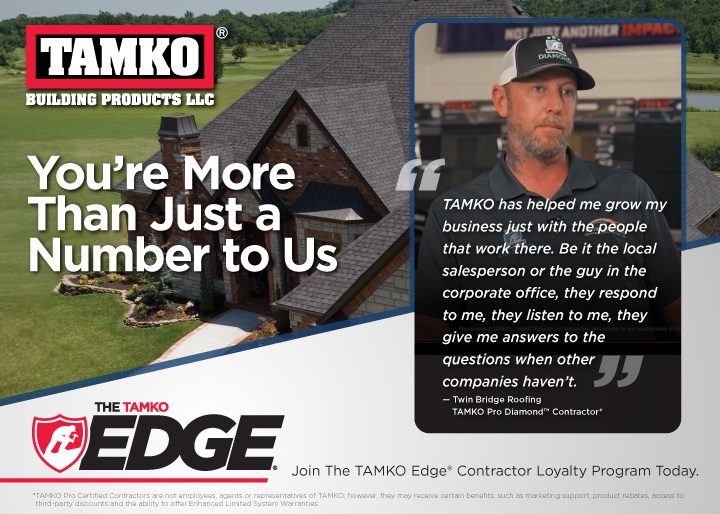



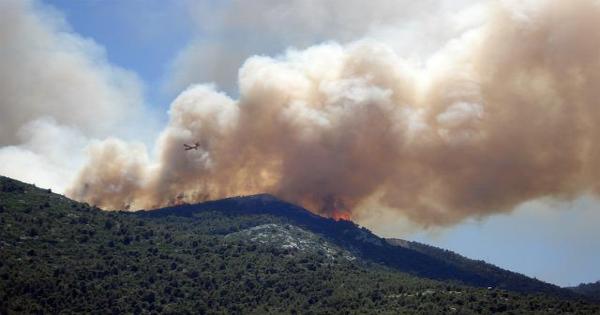
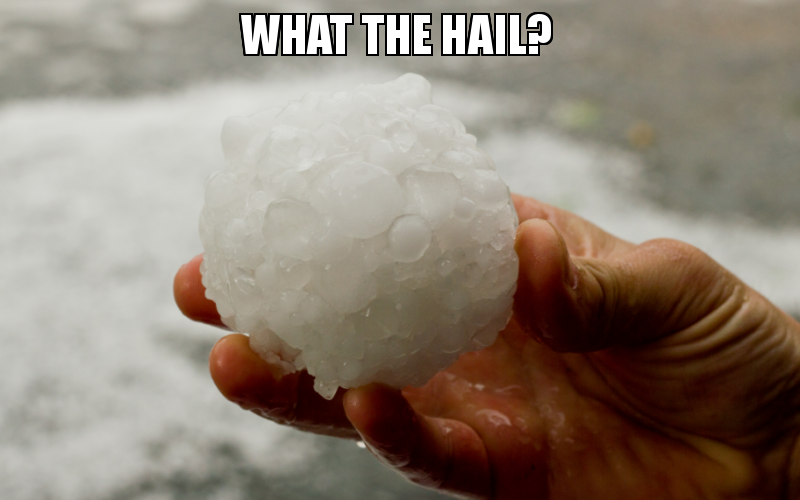



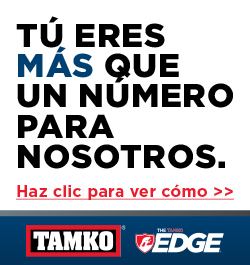



Comments
Leave a Reply
Have an account? Login to leave a comment!
Sign In